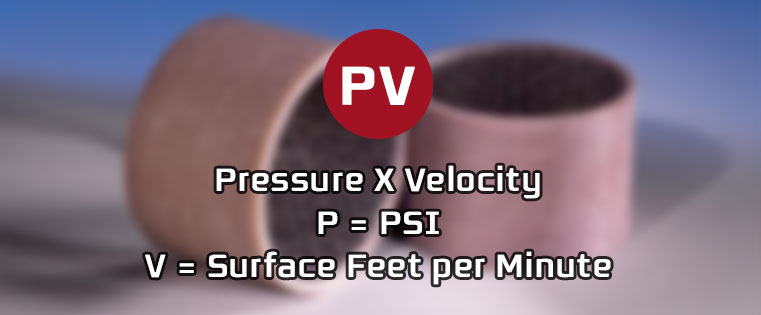1 min read

To save time and postage, please sign up for customer paperless invoicing, payments, and vendor payments.
Customers click here
Vendors click here
To request compliance documentation click here.

P, V and PV – how do they impact a plane bearing system? Let’s take a quick review of this important connection. Plane bearings are basically rolling element bearings in their simplest form; they provide good value, easy installation and serve a multitude of industries. And plastic plane bearings have the advantage of a self-lubricating design to reduce manual greasing costs.
When choosing the right plane bearing for your application, we, of course, look at bearing load (P), relative velocity (V), temperature variations and environmental considerations. But there are 4 other factors that are critical to help determine a material’s ability to handle P, V and PV:
Since pressure (P) and velocity (V) do not occur independently, they should always be considered in tandem. After all, it is the combination of load and speed that generates frictional heat, and each material has a maximum PV rating. But we also must consider these key factors to determine the performance and longevity of a material as a plane bearing:
Got all that? For a quick review of the plane bearing and P,V, PV connection, watch this video demo (below). Or fill out a Plane Bearing Design Worksheet for a custom quote!